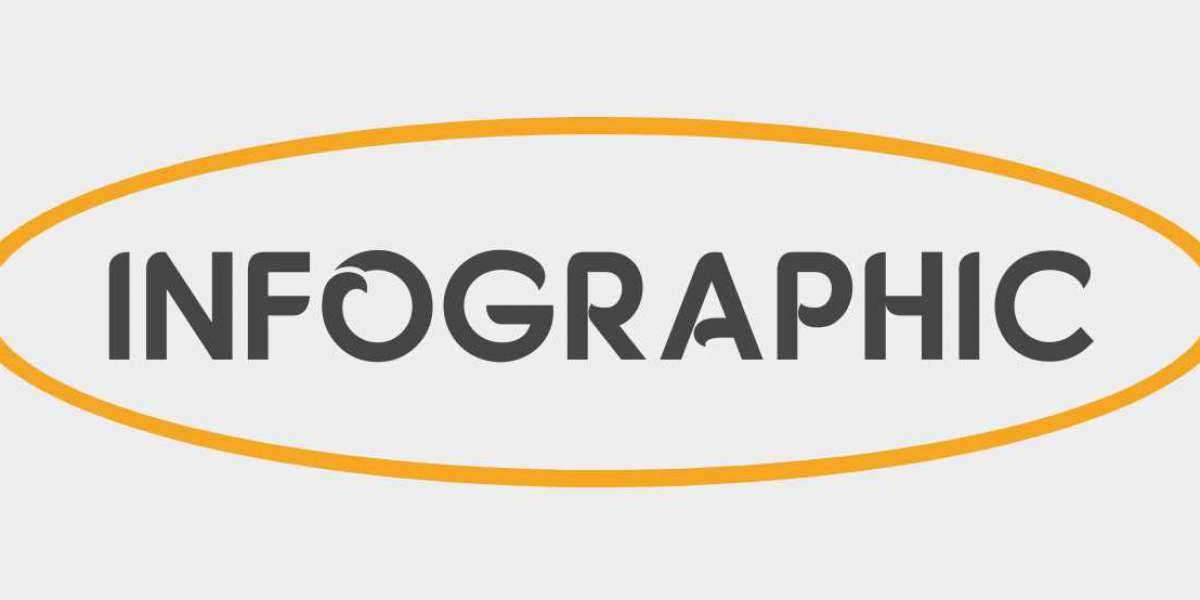Introduction: The polyurethane market has experienced significant growth in recent years, driven by its versatile applications across various industries. This article explores the key factors fueling the expansion of the polyurethane market and highlights its contributions to innovation and sustainable solutions.
Versatility and Applications : Polyurethane is a synthetic material known for its exceptional versatility and wide-ranging applications. It is used in industries such as construction, automotive, furniture, electronics, and packaging. Its unique properties, including high durability, flexibility, insulation, and chemical resistance, make it ideal for a diverse range of products. From insulation foams and adhesives to coatings and Cast Elastomers, polyurethane finds its place in numerous consumer and industrial goods, contributing to improved performance, safety, and comfort.
Market Growth Drivers : Several key factors have contributed to the rapid growth of the polyurethane market. Firstly, the increasing demand for energy-efficient insulation materials in the construction sector has driven the adoption of packaging foams. Secondly, the expanding automotive industry has witnessed a surge in the use of polyurethane in various components, including seating, bumpers, and interiors, due to its lightweight and high-performance characteristics. Additionally, the rising demand for sustainable packaging materials has fueled the use of polyurethane in innovative solutions such as bio-based foams and recyclable films.
Innovation and Advancements : The polyurethane market has been a hotbed of innovation, driving advancements in material science and manufacturing processes. Researchers and industry players are continually exploring ways to enhance the properties and performance of polyurethane, leading to the development of new formulations and applications. For instance, the introduction of bio-based pet has significantly reduced the industry's reliance on fossil fuels, providing a more sustainable alternative. Moreover, the integration of smart technologies has enabled the creation of self-healing polyurethane coatings and shape-memory foams, opening up new possibilities for the market.
Sustainable Solutions : Sustainability has become a key focus across industries, and the polyurethane market has responded with sustainable solutions. Manufacturers are increasingly using renewable and recycled materials in polyurethane production, reducing their environmental impact. Bio-based polyurethane, derived from plant-based feedstocks, offers lower carbon emissions and a reduced dependency on non-renewable resources. Similarly, the use of recycled polyols and isocyanates from post-consumer and post-industrial waste has gained prominence, supporting the circular economy.
Furthermore, polyurethane products, such as insulation foams, contribute to energy efficiency by reducing heat loss and minimizing environmental footprint. Improved insulation in buildings leads to lower energy consumption, reduced greenhouse gas emissions, and increased sustainability.
Conclusion : The polyurethane market continues to experience robust growth, driven by its versatility, innovation, and sustainable solutions. As demand for high-performance materials and environmentally friendly alternatives rises, polyurethane remains at the forefront of meeting these needs, contributing to advancements in multiple sectors while promoting a more sustainable future.
Key Players
RTP Company
Mitsubishi Chemical Corporation
Eastman Chemical Company
The Lubrizol Corporation
Woodbridge
Recticel NV/SA








